
In today's ever-changing world, no one likes to wait all the time. We hope that our requests can be responded to quickly, so the response time of corporate customer service is no exception.
Most customers are willing to invest more in companies that respond quickly to requests. We think this is quality service. The company pays enough attention to customer needs. According to a survey by an authoritative organization, 62% of companies do not respond to customers in a timely manner at all. demands! Sadly, many businesses fail to realize this risk.
Although customers recognize polite customer service, high-quality products and problem-solving abilities, the most important thing is the rapid response of services and quick responses to customer complaints, which are considered to be issues that companies pay enough attention to their feedback.
Getting the right solution in your day-to-day work often takes a long time and the customer will still feel like you could have done better.
Customer satisfaction translates into customer loyalty, great online reviews and word-of-mouth recommendations. Failure to make customers feel valued means losing potential customers and severely damaging a company's brand.
Here are some ways to reduce customer service response times to avoid losing potential customers.
Improvement always starts with a relatively complete plan. First, take a look at the company's current situation. View customer feedback, online reviews, and customer retention data.
We should also understand what customers think about customer service performance. Are they inefficient or stressed because they have too many inquiries to deal with? They may not be aware that there are tools that can help them be more efficient.
In a survey of 1,000 companies, the average response time for customer service requests was 12 hours and 10 minutes. It's worth calculating your average and seeing how you compare. Don’t forget to look for outliers – are any query results resolving particularly slowly? If so, why?
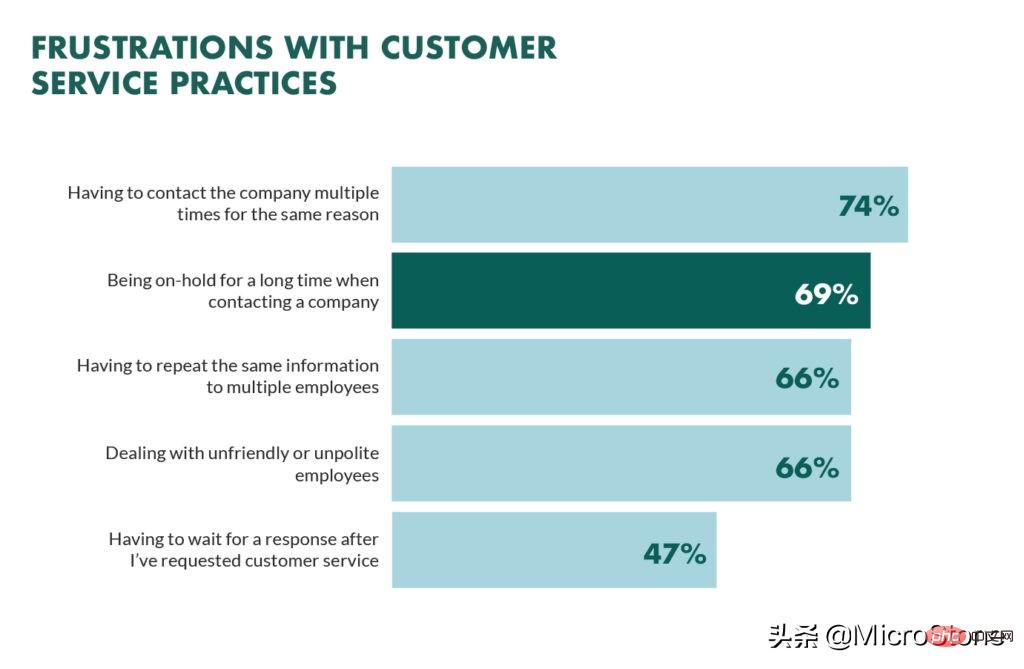
#You can know where to start by comparing average times to benchmark times in your industry. From there, an achievable goal can be developed for response time based on available resources. Each part of this plan should be a standard process that everyone should follow to ensure consistency across the team.
Figure out how to ensure agents respond within the optimal time and how to ensure customer service accountability. You can use tools to monitor performance, and feedback from high-performance tools can be used to help agents who are striving to improve.
The plan should be customer-focused, and one thing to consider is your customer needs.
There are many questions to ask when creating a new strategy, including:
By understanding these preferences, you can determine when to use synchronous or asynchronous communication. It's not always a good time for customers to receive a callback—for example, when they're at work or late at night—so they may prefer to respond via a live chat tool so they can read it at their convenience. Clients may also find it more helpful to review a reading guide or video tutorial than receive guidance over the phone.
Data collection and analysis will also be beneficial as you develop your sales funnel strategy and decide which medium to conduct business on. Understand our customers through omni-channel and multi-channel strategies.
In e-commerce, it can be harder to build relationships with customers because there is no face-to-face interaction. We can make customers feel like the company understands their true needs by trying to personalize the experience.
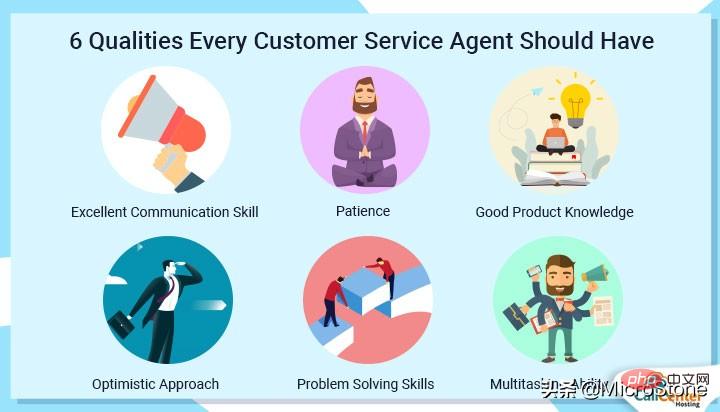
For example, you can adapt the technology you use to suit a specific group of people. Some businesses still prefer to use email, so we can introduce email from computer solutions.
First and foremost, no matter which medium you use to interact with your customers, speed and efficiency are key.
Once the plan is developed, it is time to pass it to the project team who will put it into action. Customer service staff need training to adapt to the new system, and they also need the support of mentors during the learning process.
In addition to technical knowledge, employees need to improve their listening skills and develop empathy for customers. After all, if they truly care about their customers' needs, they're more likely to go the extra mile to solve the problem.
When an inquiry or problem arises, every member of the team should know exactly what their role is. If it's beyond their skill set, they should know how to quickly escalate it to the agent best suited to handle it. Some enhanced agent solutions are integrated into call center software to streamline agent productivity with superior voice-to-text functionality. These types of software can also help reduce customer service response times.
Creating and maintaining a company knowledge base will make it easier for agents to find solutions to the most common problems. This avoids leaving customers hanging while they spend time looking for answers. Complex issues can be logged and shared for future reference.
Don’t forget your off-site customer service staff. Make sure this central hub is accessible from anywhere and that they are held to the same standards as on-site staff. The best virtual phone systems are a very effective method for those who don’t have a physical location as they can be used anywhere there is an internet connection.
It is also useful to provide such knowledge to customers through FAQs, help guides, and tutorials so that they can resolve simple queries themselves. This takes pressure off the team, allowing them to provide better customer service.
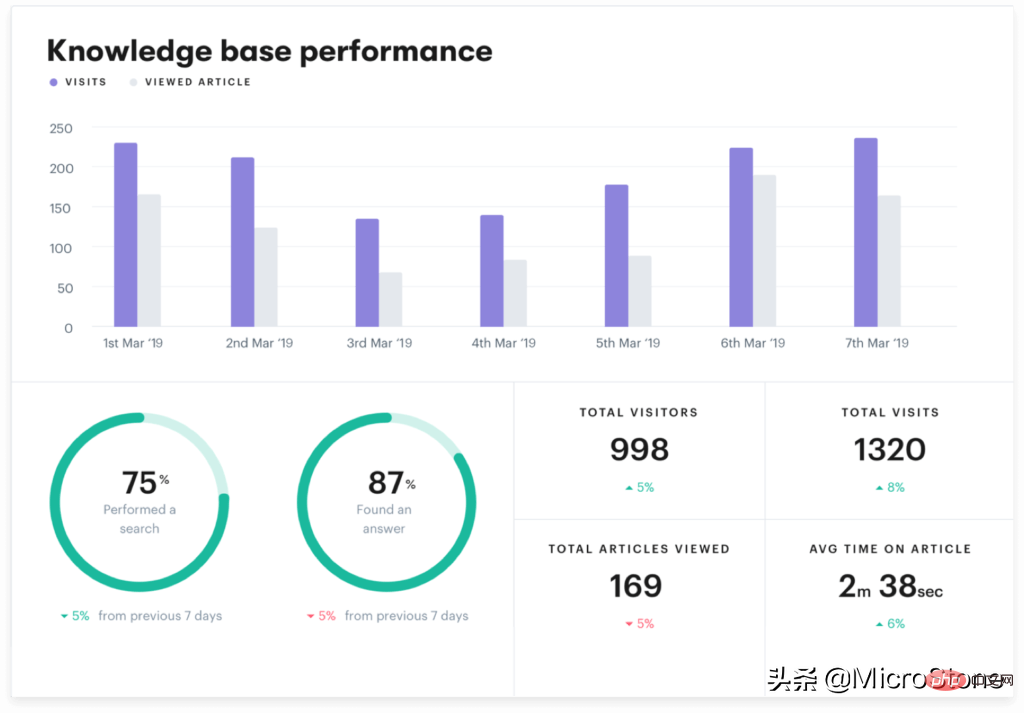
Today, there are numerous software and technology solutions that can increase efficiency and improve customer service response times. Reducing customer service response times through digital technology is a crucial part of improving agent skills. There is no use investing in tools that no one can use.
The best call center software comes with many innovative features to keep both customers and agents happy, such as:
Invest in VoIP system instead of traditional A landline may also be worthwhile. What does VoIP mean for your company? --flexibility. Using a VoIP system allows your agents to answer calls from anywhere – which is especially useful for remote teams or sales agents who travel frequently.
Dedicated customer service software can store all of your customer interactions regardless of platform. This is a huge improvement over shared email inboxes and means you can track customer interactions across a variety of channels.
These solutions improve your understanding of each customer because it keeps all their records in one place, and everything can be categorized, tracked, and backed up. You'll be able to monitor your customer service staff's response times and better understand customer statistics to help you uncover your customers' true needs.
Meanwhile, preview dialing software gives agents immediate access to customer information and insights as soon as the interaction begins. This is a great way to make the conversation more personal. Plus, if this isn’t the first communication, they’ll be familiar with the context rather than having the customer recount the entire requirement.
It would be best if you had time to send a personalized reply for each inquiry, but this is actually not possible. One solution is to design a preset automatic reply. Reply function.
To help reduce response times, engineers can create template responses based on the most common issues. Avoid generic messages by adding a personal touch like the customer's name and topical conversation starter. Generating fully automated responses is also useful. This lets customers know you heard from them, especially during off-hours. Even if this means multiple interactions before the query is resolved, at least the customer will know that the business is handling the complaint and trust that follow-up will follow.
An automated response is far better than being completely ignored, and should help businesses avoid losing their lead entirely. You can also take this opportunity to provide your customer service hours, average response times, and links to FAQs or instruction manuals.
Customer service software is often able to set time-based query alerts based on the ideal response time required by the business. You can set alerts to remind your agents to respond before a deadline. This allows them to review the email and return once they find the best solution.
Another solution is to have your software evaluate each query, classify it and flag it using a semaphore priority system. This directs agents to the most urgent queries and means agents with the right skills can access the relevant information.
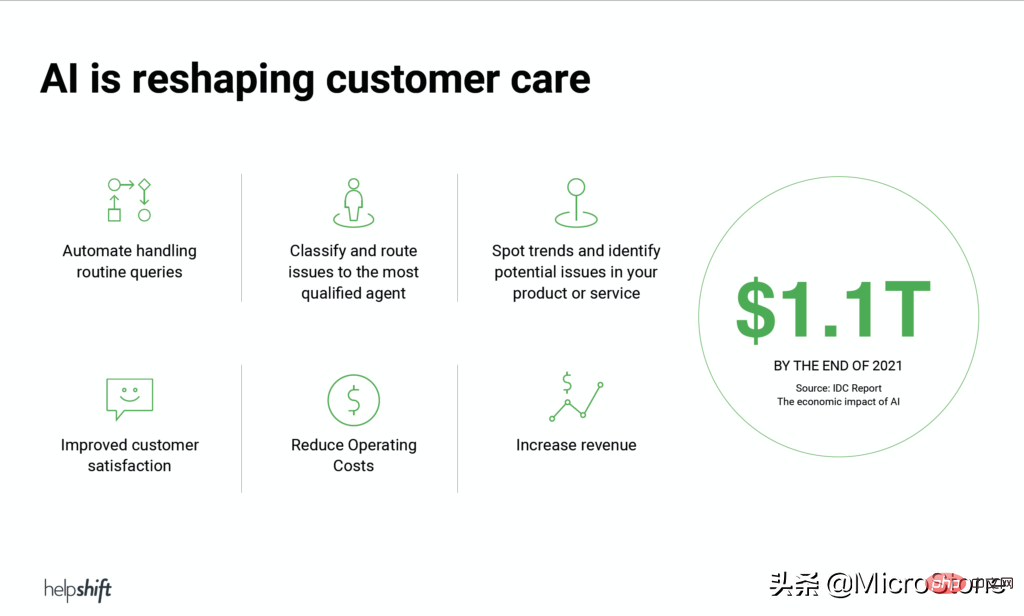
We sometimes hear customers complain about having to interact with a bot instead of a human customer service when contacting customer service . But bots are getting smarter all the time and can be very useful in helping businesses improve customer response times and avoid losing potential customers.
The latest artificial intelligence is programmed to react in a more human-like way. Chatbots and IVR systems are better at understanding the meaning of queries and communicating with customers in more natural language.
In at least the first example, using artificial intelligence to respond to customer needs means companies don’t have to rely so heavily on human customer service. It would be great if queries could be sorted this way—if not, the bot is smart enough to escalate the issue to a customer service agent.
This reduces the workload of human agents, giving them more time to spend on each interaction. It also makes it easier to respond to customers at any time of the day or night. Building a team of human agents is still important, but pairing them with AI means they can focus on deeper queries and provide a better service overall.
At the end of the day, the customer’s main desire is to have their problem solved – if the customer need is solved quickly and correctly, the customer won’t mind whether it’s handled by a human or a robot.
Social media offers many possibilities for customer interaction and insights. But one thing is, social media users are used to things happening quickly. If customers contact you through this channel, their expectations for your response time will be higher.
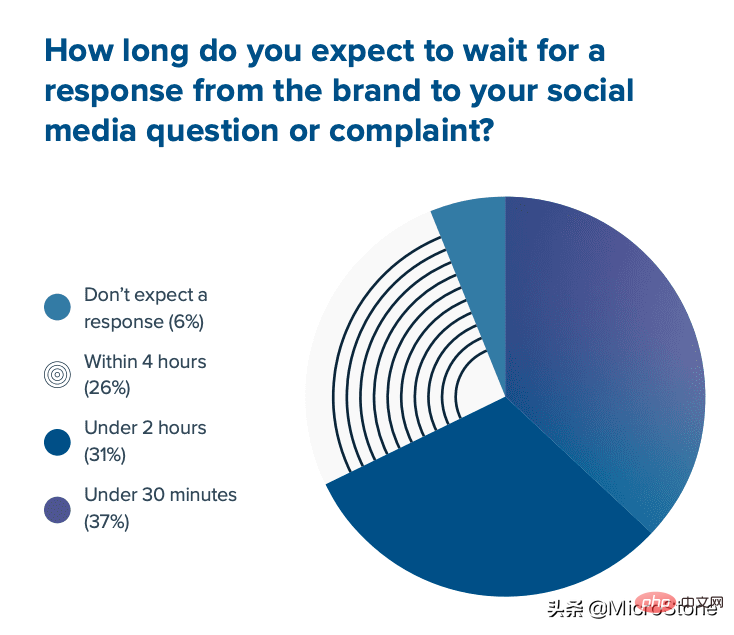
The longer you take to respond, the more angry and frustrated your customers will be. Even if you resolve their query, they won't necessarily be satisfied with it.
According to a report, 37% of online customers expect a response within the first five minutes of their inquiry. If not, they are likely to bring their habits to his appeal.
We should ensure we have a dedicated customer service team to respond to social media inquiries; someone familiar with the social media platform will respond with the right tone of voice.
However, not all inquiries can be fully processed on all channels. Sometimes inquiries received via social media are best addressed on a different channel so that you have more space to discuss the inquiry and offer solutions. .
Fast response times are critical to keeping customers engaged and retaining valuable potential customers, but don’t sacrifice response quality for the sake of speed.
It’s important not to over-promise. If the nature of the query means it will take time to resolve, meet the customer's expectations by giving them a realistic amount of time. Building trust with service transparency is a great way to retain potential customers.
Of course, these improvements are not a one-time solution. We need to constantly review our service's processes, continue to analyze customer data and feedback, and look for the latest technology solutions.
The above is the detailed content of How to avoid losing potential customers by shortening customer service response time. For more information, please follow other related articles on the PHP Chinese website!
 Application of artificial intelligence in life
Application of artificial intelligence in life
 What is the basic concept of artificial intelligence
What is the basic concept of artificial intelligence
 What does STO mean in blockchain?
What does STO mean in blockchain?
 What software is openal?
What software is openal?
 How to solve the problem that Win10 folder cannot be deleted
How to solve the problem that Win10 folder cannot be deleted
 How to solve the problem that teamviewer cannot connect
How to solve the problem that teamviewer cannot connect
 How to buy Dogecoin
How to buy Dogecoin
 503 error solution
503 error solution




